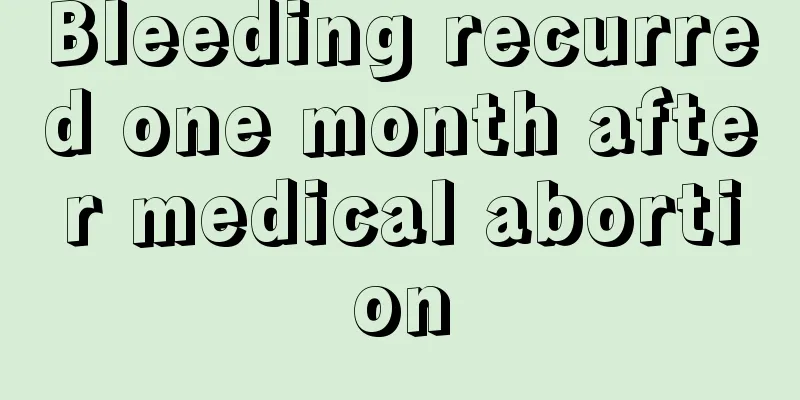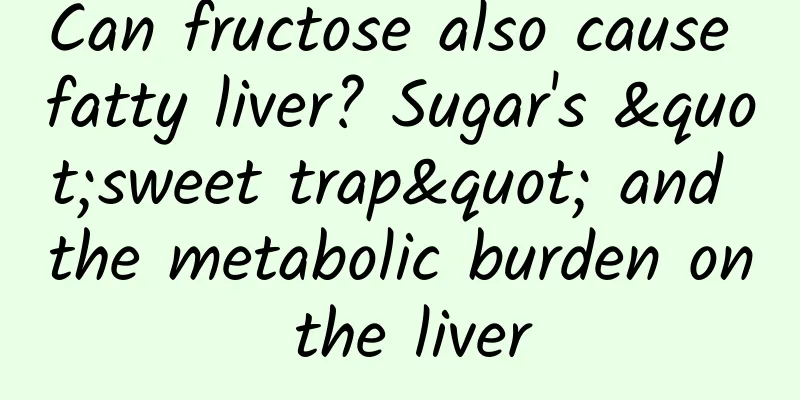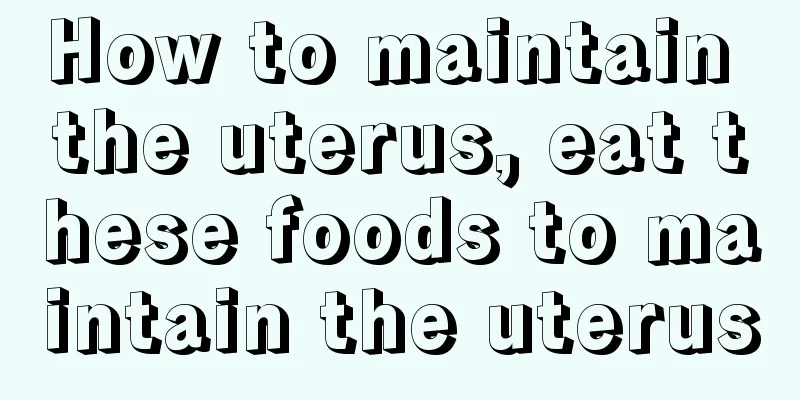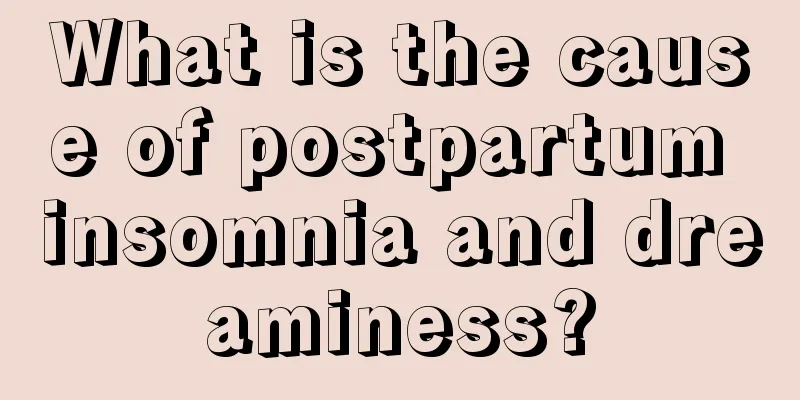The symptoms of nipple cracking are caused by these causes
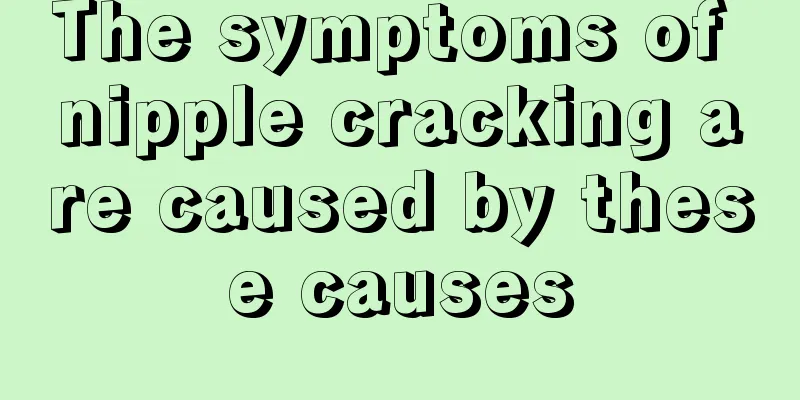
|
New mothers who are breastfeeding are prone to nipple fissures. When the baby sucks, they will feel sharp pain in the nipples, and when they are wiped, they will bleed, ooze pus, and form yellow scabs. Experts say that common causes include inverted or too small nipples making it difficult for the baby to suck, and nipple damage caused by excessive force when sucking. 1. Causes The nipple epidermis is thin and resilient. There are many factors that can cause chapped nipples. Common causes include: 1. Inverted or too small nipples make it difficult for the baby to suck, and excessive force during sucking may cause nipple damage. 2. Incorrect feeding, failure to put the nipple and most of the areola into the baby's mouth. 3. Excessive use of irritants such as soap or alcohol drying agents on the nipples. 4. Excessive milk secretion overflows and erodes the nipples and surrounding skin, causing erosion or eczema. 5. If the baby has oral motor dysfunction or oral inflammation, biting the nipple during breastfeeding can also cause nipple fissures. 2. Symptoms When the nipple is cracked, the baby will feel sharp pain when sucking, and it will bleed and ooze pus and form yellow scabs when wiping it. 3. Diagnosis In the early stage of the disease, when the baby sucks, the nipple will feel a knife-like pain, followed by bleeding from the nipple, or exudation of a thin yellowish liquid. After the exudate dries, a scab will form on the surface of the nipple. If the baby continues to suck, small cracks or ulcers will appear on the surface of the nipple. At this time, the nipples are red and swollen, and there is severe pain during breastfeeding. The scabs may also become softened, abraded and fall off, and the cracks will become larger. Nipple fissures appear circular or vertically. Circular fissures are often located at the junction of the base of the nipple and the areola. If the fissure is deep, the nipple may be partially broken. When vertical fissures are severe, the nipple may split in two. Bacteria on nipple cracks can cause illness in infants. When the chapped stools bleed, the infant will inhale the blood into the stomach, forming pseudomelena. The diagnosis can be confirmed by small cracks and ulcers on the nipple surface of lactating women and severe pain during breastfeeding. Examination: Relevant physical examination may be performed. 4. Do's and Don'ts 1. Do not let your child fall asleep while feeding. Once the nipple is bitten, do not feed the child with the injured nipple and seek medical treatment immediately. 2. Develop good hygiene habits and clean the nipples with saline after breastfeeding. 3. For women with inverted nipples, a breast pump can be used to extract milk for feeding. It is best to pull the nipples out three months before delivery. 4. Ointments and anti-inflammatory sprays can be used to relieve nipple pain. |
<<: What does the electronic colposcopy check? Does it hurt?
>>: Can women eat bird's nest during menstruation?
Recommend
Hyperechoic breast nodules
Echo is a test result presented by ultrasound tes...
Is ovarian enlargement serious?
Ovarian enlargement is a common gynecological dis...
What should I do if my period is still not over after eight days?
Menstruation should accompany women for decades, ...
What will happen if you eat one kiwi fruit every day? Will your skin become better? Will your bowel movements become smoother?
Kiwi is the perfect fruit in many people's mi...
Is it normal for women's private parts to be dark?
Whether it is normal for a woman's private pa...
Is ovarian teratoma likely to recur?
Ovarian teratoma is a tumor that is prone to recu...
What is the reason for lower abdominal pain on the second day after normal delivery?
"Generally, the recovery after a natural bir...
Women should never get sterilized
When it comes to contraceptive measures, most peo...
What to do if the vaginal opening is white
In daily life, many female friends may have encou...
Bleeding after abortion
Some female friends will find that they have vagi...
Reasons for fishy smell of vaginal discharge after menstruation
Girls are a relatively special group, because if ...
Are there genetic factors for menstrual disorders?
Menstrual disorders are a common manifestation of...
The possible dangers of hysterosalpingography
Everyone must know the importance of fallopian tu...
What are compressed biscuits? What flavors do compressed biscuits have?
The production of compressed biscuits is relative...
What should a woman do if she has chest pain?
The breast is a very important organ for women an...

